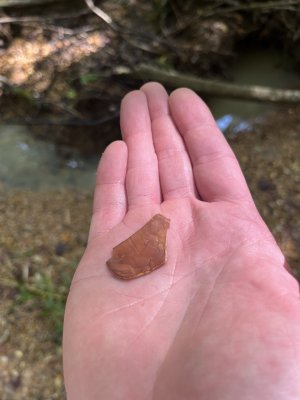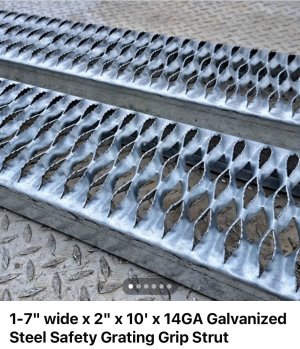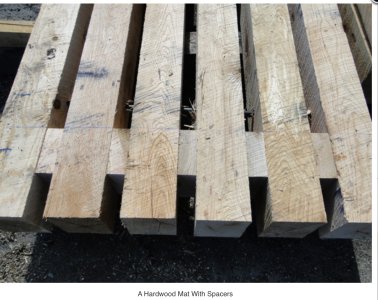Brian662
5 year old buck +
We just got our hands on a few free 18" culverts and made some waterways in WI. Time will tell how they hold up, but I have high hopes they hold on for several years.
You guys are posting pictures more of what I would call washed out drainages than actual waterways. Everything is relative to flow, average rains, and potential volume. There is a reason the COE design overflows on the big rivers, you never know what might happen. Hard for us "little guys" to engineer for worst case scenario stuff.
You guys are posting pictures more of what I would call washed out drainages than actual waterways. Everything is relative to flow, average rains, and potential volume. There is a reason the COE design overflows on the big rivers, you never know what might happen. Hard for us "little guys" to engineer for worst case scenario stuff.



